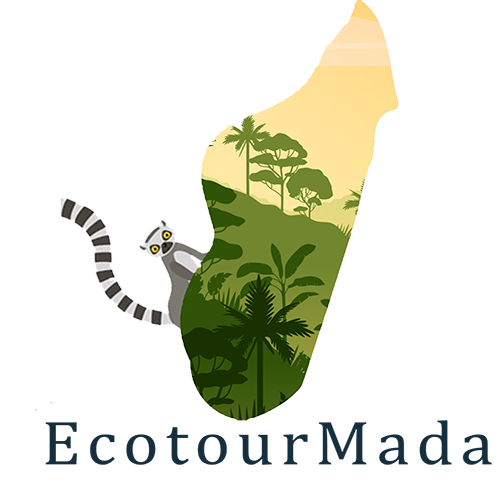Welcome to Madagascar – The Island-Continent of Endless Wonders
Located off the southeast coast of Africa, Madagascar is the fourth largest island in the world, covering over 587,000 km². A land of contrasts and diversity, Madagascar captivates travelers with its rich natural and cultural heritage.
The island has been inhabited for around 1,500 years by peoples from Southeast Asia, Africa, and the Middle East, resulting in a beautifully mixed population with a unique cultural identity.
Madagascar is a biodiversity hotspot, home to an extraordinary range of endemic species—over 80% found nowhere else on Earth—including iconic lemurs, colorful chameleons, and towering baobabs which you will admire at sunset during your Madagascar tour.
Top attractions include the majestic Tsingy of Bemaraha, the iconic Avenue of the Baobabs, the idyllic beaches of Nosy Be, and the stunning national parks of Andasibe and Isalo.
Here, life moves to the rhythm of “Mora Mora”—a local expression meaning “slowly, gently.” It’s a lifestyle that encourages mindfulness, connection, and the simple joy of living in the moment.
A journey to Madagascar is more than a trip—it’s an immersion into a world where nature, culture, and serenity come together to create an unforgettable adventure.

Madagascar operates in the UTC+3 time zone
Madagascar is located in the Indian Ocean, off the southeastern coast of Africa. It lies about 400 km from the coast of Mozambique, and is close to the Comoros, Réunion, and Mauritius islands.
Madagascar has a population of about 30 million people, a young population of mixed origins. A melting pot that has created a one of a kind cultural mosaic.
Madagascar is home to 7 UNESCO World Heritage sites, including the Tsingy de Bemaraha, Isalo National Park, and Andasibe-Mantadia National Park. These sites are a testament to the island’s natural and cultural richness.
Forests cover around 21% of Madagascar’s total area, or about 120,000 km². These forests are home to an exceptional biodiversity, including plant and animal species that are found nowhere else on Earth, including lemurs.
Madagascar spans an area of 587,041 km², about 1.5 times the size of mainland France, making it the fourth largest island in the world.
The official currency of Madagascar is the Ariary (MGA) Payments are made in cash, though credit cards are accepted in major cities and tourist areas.
Malagasy is the official language of Madagascar and is divided into several regional dialects, while French is the second language, widely used in administration, education, and business. English is the third language of the country and is primarily used in the tourism sector.”
Madagascar boasts nearly 5,000 km of coastline, with stunning white sandy beaches, crystal-clear waters, and coral reefs.
Madagascar is a biodiversity hotspot, with over 80% of its plant and animal species being endemic.

